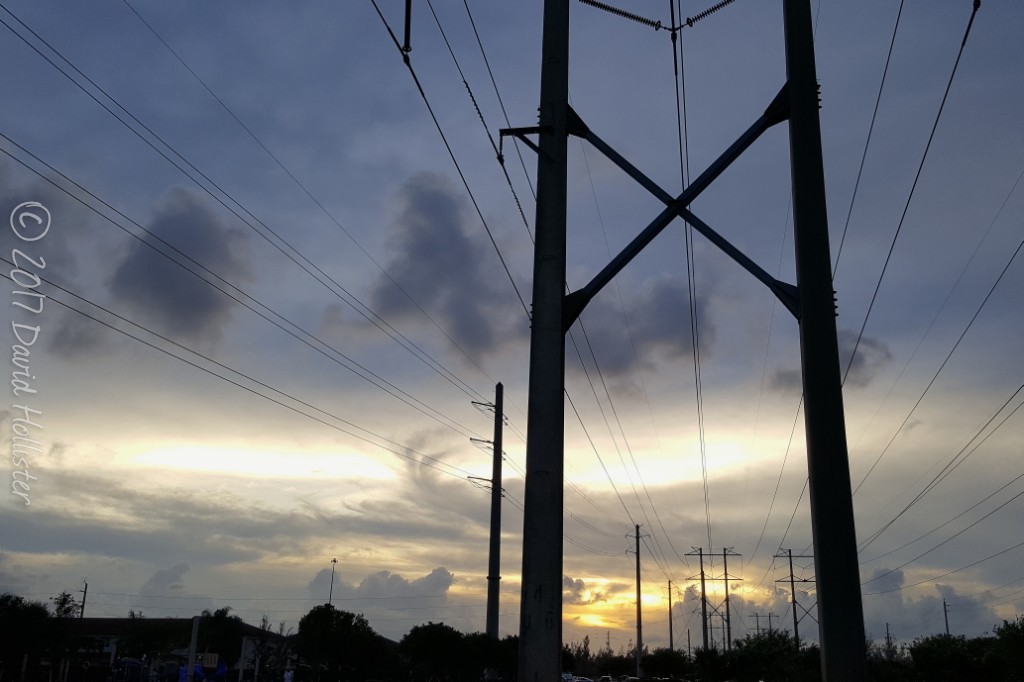And soon all restaurants will be Taco Bell
Dire predictions of the future often have one dominant company controlling the world. Discussions of Whole Foods Market and Amazon this last week at the Austin Kehe Natural Show ranged from sorrow to highly concerned agitation. There is no doubt that the centralization of WFM is a major shift in how the natural channel will be structured or that traditional retailers have been marching toward a showdown with online retail for nearly a decade. But despite all the sadness and hand wringing with these impending changes, we will get through this.
We have seen such consolidations of major retailers and key distribution before. These cycles are always followed by breakouts of innovative retailers attuned to their customers. As WFM grew its power and then isolated itself, new retailers and buying groups such as Natural Grocers, Lucky Markets, Sprouts, Fresh Thyme, INFRA and NCG have grown significantly. And in the wake of recent WFM neglect of their customers, they have gone into overdrive.
I must agree with many of my colleagues who see this time as opportunity for independents and small chains. Customers still want their retailers to make them feel special. They want what they want when they want it (at a price they are willing to pay) to paraphrase Joe Albertson. Our best independents are masters at customer service and building community. They know their customers, understand and respond to their needs and are not afraid of writing a special order. They are more than two clicks and a UPS truck pulling up at the house. That doesn’t mean the path will be easy for independents in the coming years. They will have to become proficient at innovative technologies, learn to communicate differently, and be diligent in creating experiences for their customers. But their high-touch connection to the consumer and deep local relationships should shield them from the pain large traditional grocery chains will certainly face.
Growing brands should build a diverse customer base. Large retailers are part of the package, but there is significant risk in being too dependent. The big chain stores, including WFM, are notoriously fickle and brands are often one buyer change, shift of strategy, or reorganization away from being discontinued. Additionally, planogrammed placement in hundreds of stores doesn’t necessarily translate into significant volume. With the right product, promotions and relationship, a handful of stores can sell more in a month than a whole region of Kroger. New placement investments are also often less at independents and working closely with them also can give a brand insight that years working with chains cannot. The buyers are just closer to the consumer and most are happy to share what they know.
As an industry we should help them. I am all for building relationships with big retailers, but I have said for years that if we don’t support small retailers, all the retailers will be big retailers and then there will be hell to pay. The same is also true of distributors. The anxiety for most natural brands is that WFM represents a large part of their sales; in some cases over 50%. With the coming sku reductions, this means painful days ahead. Focusing on independent retailers is a great way to offset the losses and diversify; while at the same time getting a better return on investment. If your goal is to grow sales and build a sustainable brand, then independents are critical to your success.

